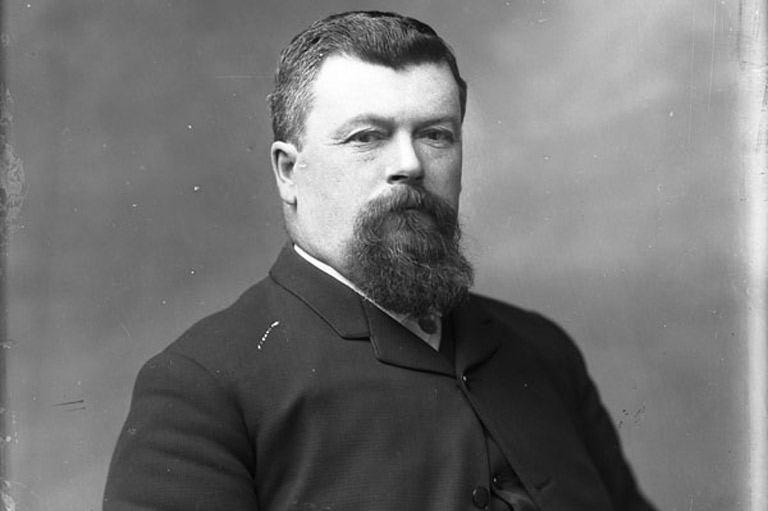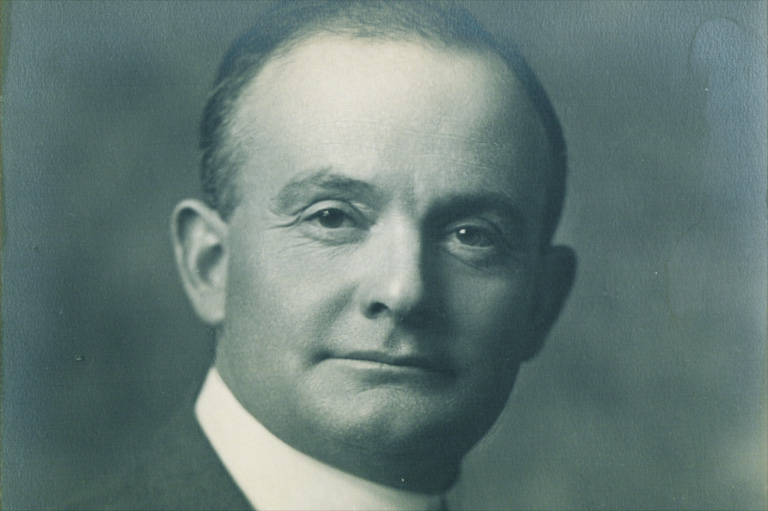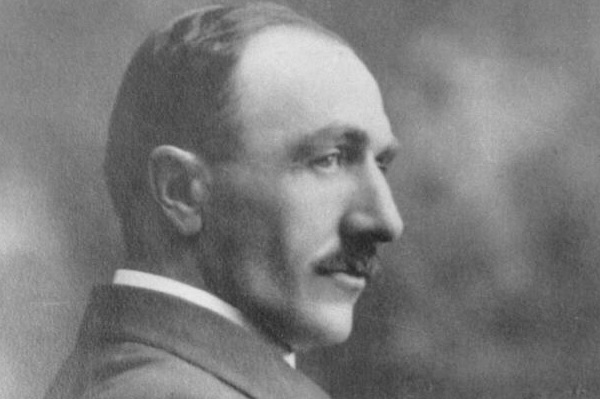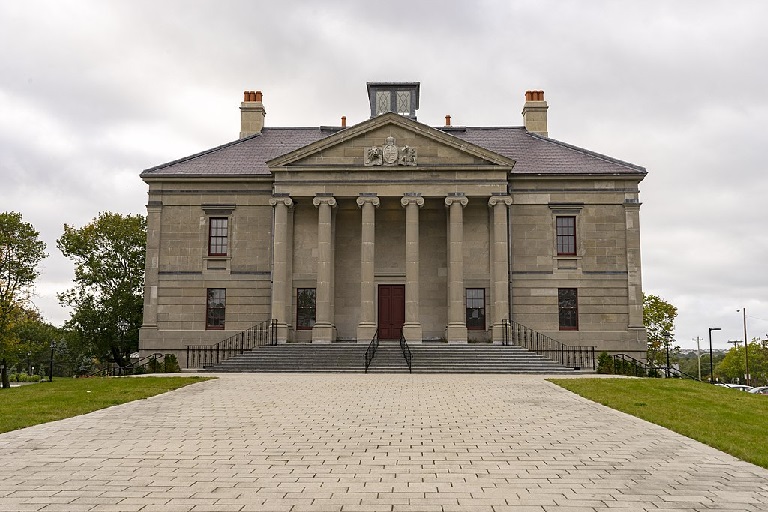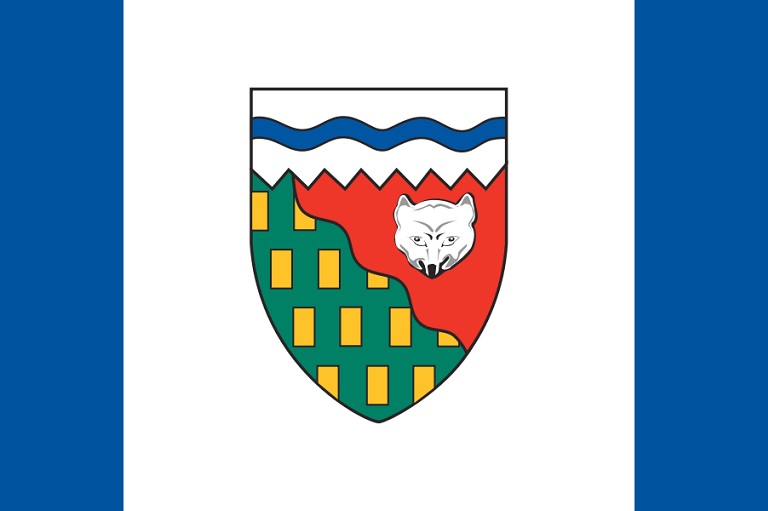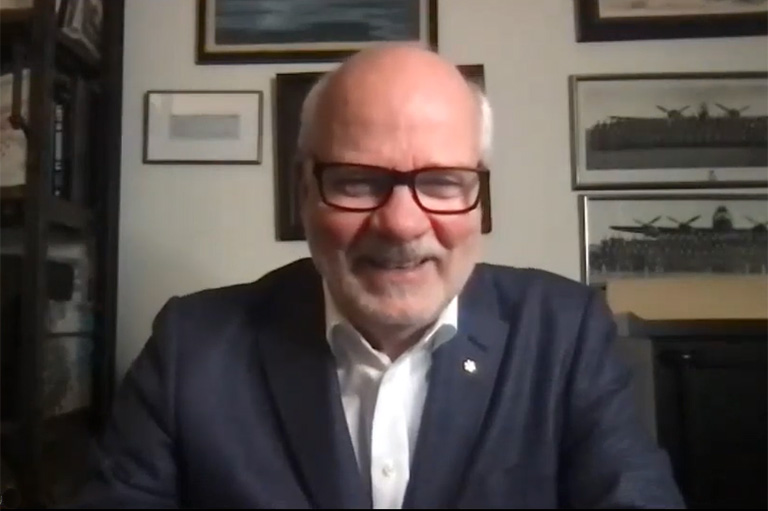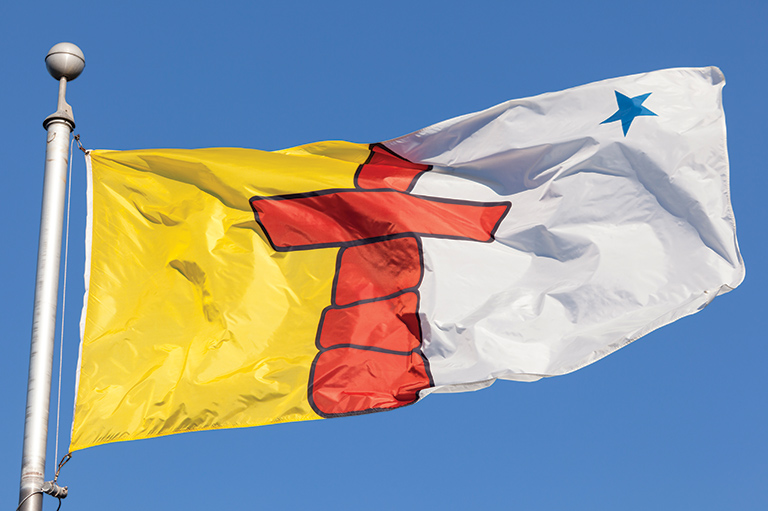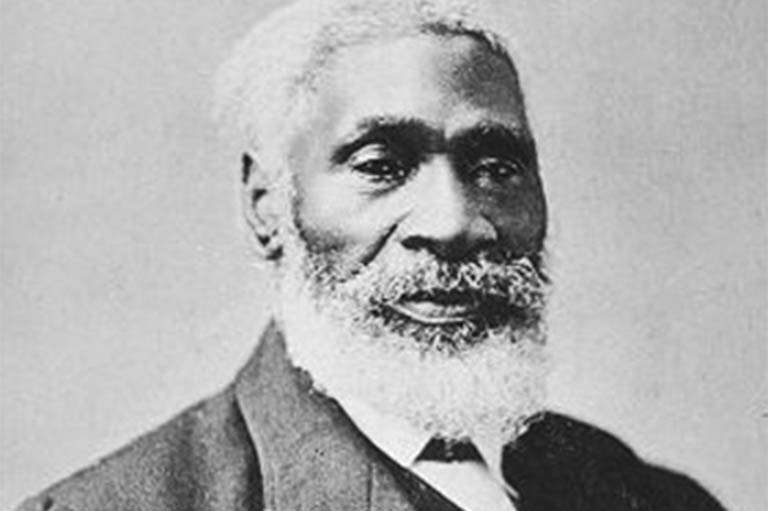Yukon Parties
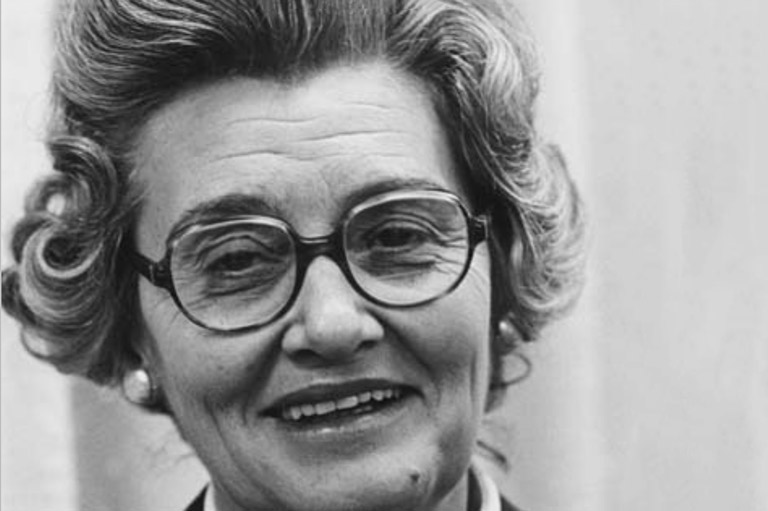
When the territory was first created in 1898 in response to the Gold Rush, Yukon was governed by a federally appointed commissioner. Although members were elected to a territorial council as early as 1900, this body only held an advisory position and the majority of the power and responsibility rested with the federally-appointed commissioner. It wasn’t until the late 1970s that this began to change and the territory was granted greater control over its government.
In 1977, the Yukon Elections Act was passed and set the scene for one of the territory’s most important elections. Under the new legislation, Yukon would be governed by a fully elected territorial government for the first time in its history. In the 1978 elections, these candidates also ran along traditional party lines for the first time. The changes sparked a new hope in Yukon for moving towards provincial status, which formed the basis for many of the candidates’ campaigns.
Yukon’s 1978 election also marked the first time a woman was the leader of a provincial or territorial political party. Hilda Watson, led the Yukon Conservatives to the first party win in Yukon. Unfortunately, Watson was defeated in her own riding and failed to become Yukon’s first Government Leader.
The 1978 election ushered in a new era of independence for Yukon. In addition to gaining control of their elections and their government, Yukon started to gain the powers and responsibilities previously only granted to the provinces. Today, Yukon maintains control over education, health care, social services and even land and resource management. However, despite the optimism surrounding the 1978 election, Yukon still has not achieved provincial status.
For more on the 1978 election, you can visit the CBC Digital Archives to listen to election coverage.
You can also visit “The Legislature Speaks”— a great virtual exhibit from the Yukon Archives that features images and audio clips of Yukon’s political figures over the years.


